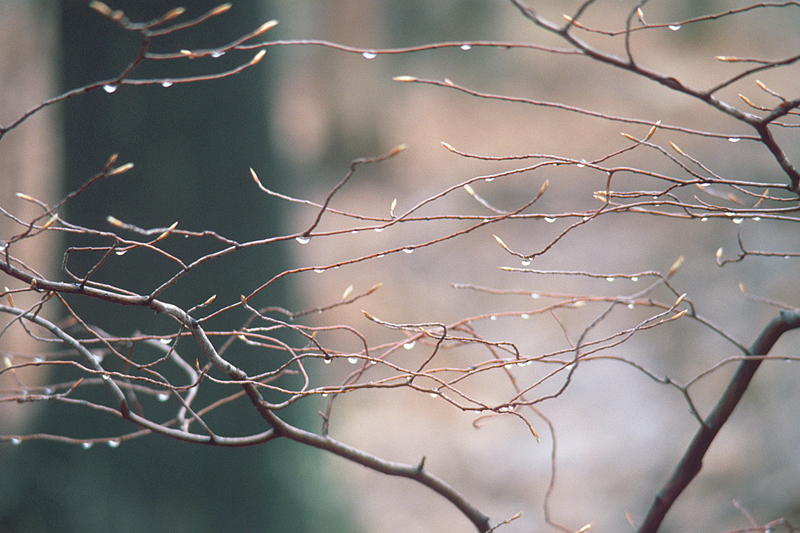Every day we see thousands of photographs. If I’m not mistaken Kodak used to run an ad many years ago saying that our eyes take a million photographs everyday. Both the images we see and the ones we ‘take’ as photographs now exist in our lives in vast numbers – even without film and television. But we never have time (or inclination) to stand and stare;
“Stare. It is the way to educate your eye, and more. Stare, pry, listen, eavesdrop. Die knowing something. You are not here long.” Walker Evans
We flick our eye over each photograph and rarely have the compulsion to dwell, meditatively, on an image. But surely like paintings, or art generally, good photographs are something to get lost in? Their increasing disposability and virtual costless production mean that we have to make an effort to find photographs worthy of a contemplative approach and frequent re-visiting.
My effort to find such photographs is part of my current search to understand more about the essential nature and spirit of photography. Surely we must also entitle all children to a proper basic education in visuacy. One photograph I return to time and again is a photograph by Carol Guzy HERE.
In the search I also came across a deeply moving personal testimony about the day a woman came to see, really see properly for the first time.
Her name is Vera Sytch and she tells how good fortune, or God’s grace, she came to live after falling into icy water – when her fiancée died. After the tragic event her life changed. She says;
I spent the next year rediscovering the world around me. I jumped tracks from pursuing a Ph.D. to exploring the world through my camera. I felt that the blinders with which I’d been rushing through life had been removed. I slowed down and spent my free time gazing at icicles and snow, wondering why no one else took the time to notice their delicate beauty.
One wonders why the shift that took place in her doesn’t happen voluntarily in the rest of us;
People became more important to me. I realized that belongings are temporary but memories are forever. The only thing I truly own is my time, and how I spend it reflects what I value. My greatest treasures aren’t the material things I’ve accumulated, but the people in my life.
Read Vera’s full account HERE
—–0—–
All postings to this site relate to the central model in the PhD.
Summaries are HERE



hi,its my first time to see your site and i really enjoy.nice to know you
LikeLike